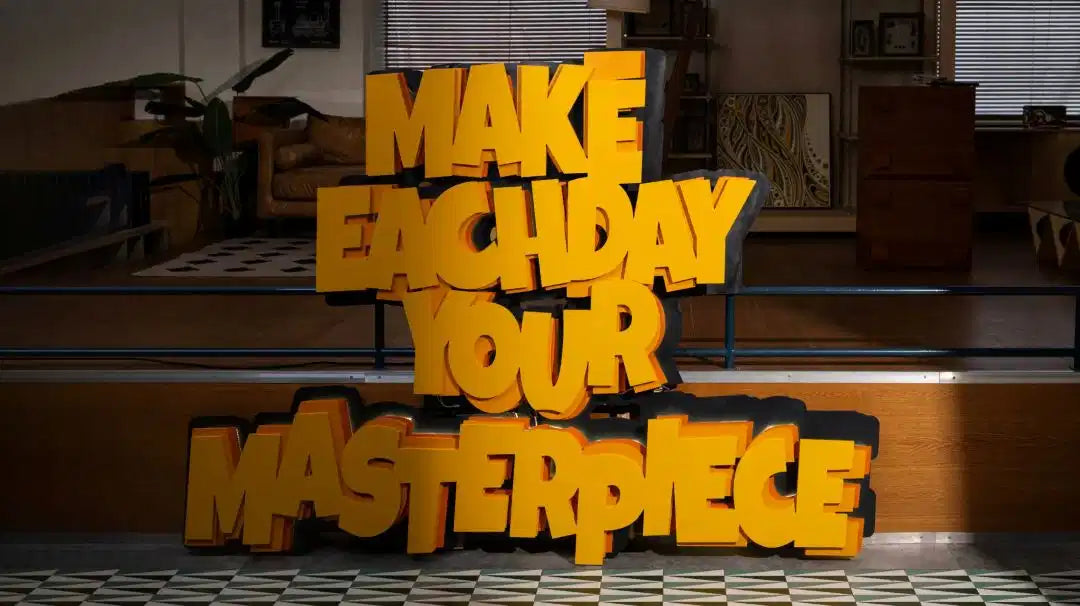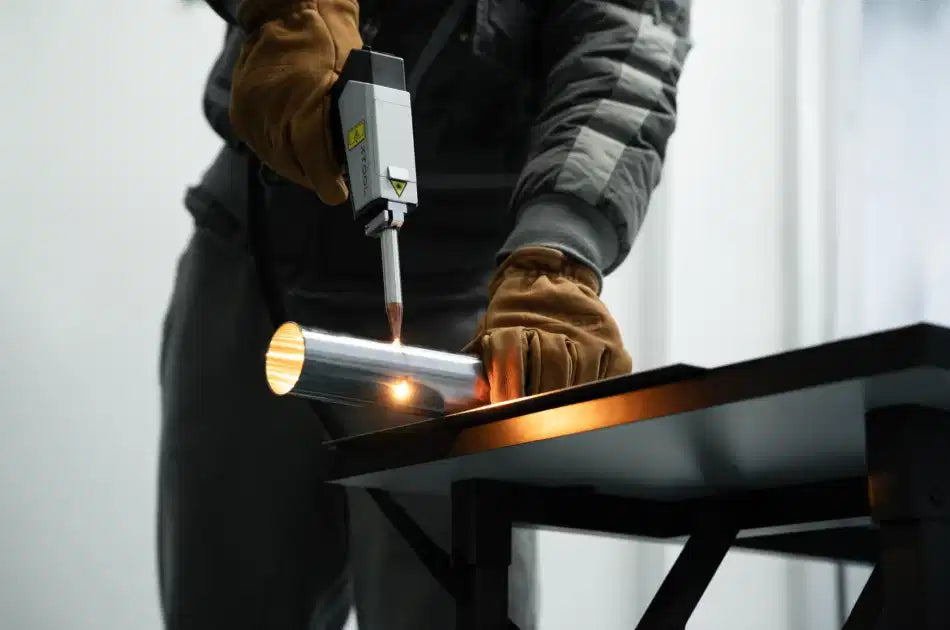How To Start A T-Shirt Business: Step-By-Step Guide
T-shirts are the most sold clothing item worldwide. Regarding market share, the T-shirt market is currently valued at $45.5 billion globally and continues to grow at an annual rate of 3.24%. Such projections indicate that demand will persistently rise – there will be always room for new, artistic, and unique designs.
This detailed guide will focus on how you can start a T-shirt business step by step. We will cover all aspects, from design to marketing, in detail.

In This Article
- Step 1: Choose a Niche
- Step 2: Sourcing High-Quality Blank T-shirts for Printing
- Step 3: Designing Your T-Shirts
- Step 4: Choosing a T-shirt Production Method
- Step 5: Register Your T-Shirt Business
- Step 6: Selling Your T-shirts
- How To Make T-Shirts To Sell With xTool Screen Printer?
- Starting a T-shirt Business FAQs
- Conclusion
Step 1: Choose a Niche
Focusing on one area is very important; you can’t spread your resources too thin. A specific niche narrows things down, and makes it easier to research, design, and sell to a particular audience.
Yes, niche research is a challenging task, but it is crucial as it defines your t-shirt business journey. There are multiple ways to identify a suitable category.
One method is to align with your interests and check if there's a market demand for them. For example, consider the pet category. Statistics indicate that over 66% of Americans have pets—these numbers can help gauge the estimated market size. Other popular options include travel, food, plants, and sports.
Another approach is to study a successful brand and perform reverse engineering. Analyze the category they operate in and their market share. You might start with one of their best-selling categories and gradually build your own audience around it.
Moreover, you can also explore emerging trends and technologies for niche ideas. For example, eco-friendly or sustainable T-shirts are gaining traction these days. Examine social media trends and consumer behavior reports to check what eco-conscious consumers are looking for and then tap that growing segment.
Step 2: Sourcing High-Quality Blank T-shirts for Printing
For selling T-shirts, you don’t need to manufacture the blank shirts in-house. It’s much simpler to source them from a vendor. There are multiple brands available in this category. You can easily purchase high-quality T-shirts in bulk at affordable prices.
Continental is one reliable option; they offer shirts in all colors of the rainbow, particularly made from 100% cotton. Bella + Canvas is another brand, which has over 57 types of T-shirts. Next Level also offers premium quality T-shirts, which are slightly more expensive than those from Bella + Canvas.
Step 3: Designing Your T-Shirts
Now that you have the plain canvases and the chosen niche, the next step is to create unique designs that stand out and embody your brand’s language.
Design Inspiration
To find inspiration for T-shirt designs. Explore Pinterest, browse through the offerings on 99designs, or look at the customizable templates on Printful. Don’t copy these designs outright. Instead, use them as inspiration to craft something that resonates with your brand’s unique language.
Design Creation
For design creation, you have three options:
Self-made: If you’re an artist or painter who loves to draw, you won't have a problem. You can easily create your designs using any graphic design software.
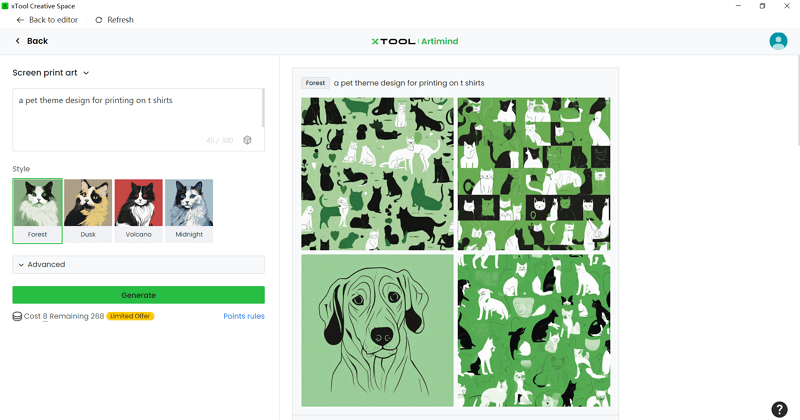
Ai t shirts design generator - xTool Creative Space
Hire a Designer: If you lack the time or expertise to turn your ideas into graphics, consider hiring a designer. It doesn’t need to be a full-time position; you can hire a freelance designer to create a batch of designs for your shirts.
Buy Pre-made Designs: Like some pre-made designs, and they’re available for purchase? This is another option. Ensure they are not copyrighted, or you have rights to use them for sale.
Trademark and Copyright Considerations
When designing, do consider trademark and copyright laws. If your designs are not protected, anyone could replicate them, and your brand might suffer. Make sure your designs are unique enough to not be easily replicated, which can help avoid trademark rejections.
Understand what makes a design registrable and unique. Check the USPTO database to avoid crossover with existing or pending marks. Choosing the right category for your trademark application is also vital. For instance, shirts are divided into categories like polos, V-necks, and tank tops in the USPTO manual.
If your design uses specific words or unique graphics, decide whether a standard character drawing or a special form drawing is more suitable for your trademark application.
T-Shirt Mockups
Before you move on to production, try making T-shirt mockups to see how your designs on garments would look in real. Mockups will not only help in making design adjustments but also for marketing as consumers will get a more realistic view.
Several tools are available online for creating T-shirt mockups, both free and paid. Printful, Canva, and Printitfy offer free mockup generation services.
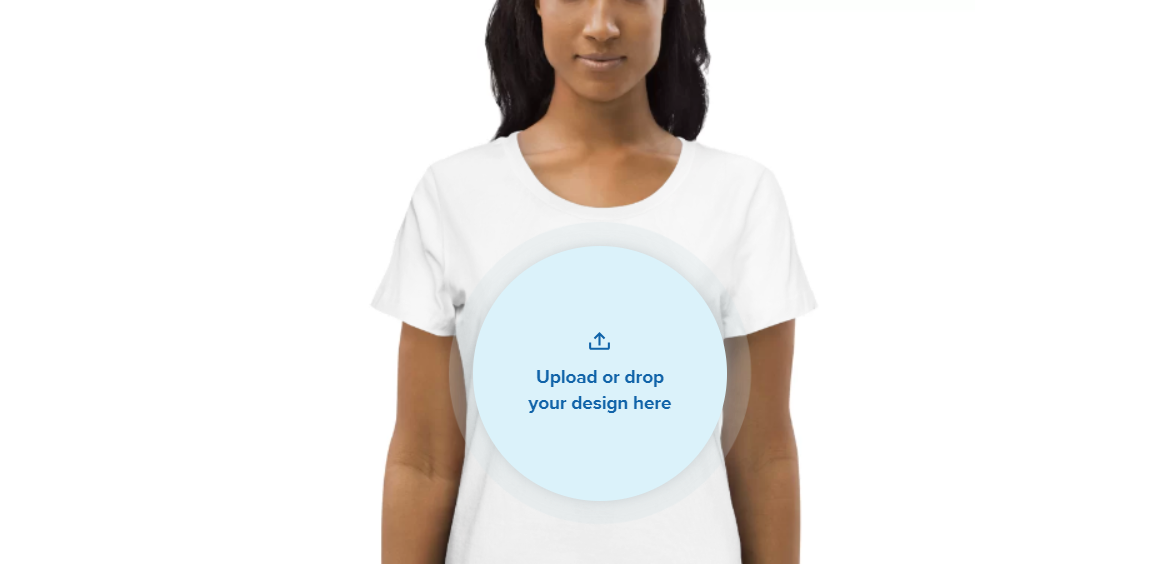
image credit: printful
Step 4: Choosing a T-shirt Production Method
For printing, you need to carefully carefully evaluate each t-shirt printing method on its merits, and specific use cases before choosing one.
T-Shirt Printing Methods
There are multiple T-shirt printing methods. Among them, screen printing, heat transfer, and direct-to-garment are quite popular these days.
Screen Printing is the oldest printing technique that’s still popular. This method involves applying ink through a fine mesh screen to create vibrant designs. It is best used for high-volume orders, 3D prints, and textured designs.
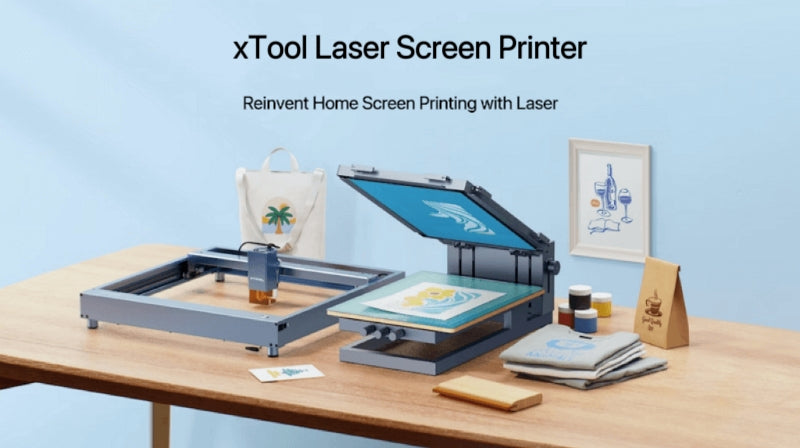
In one of the Heat Transfer methods, designs are printed on special paper and then transferred onto the T-shirt using a heat press. It is suitable for custom or small-batch orders where color-rich/realistic designs are needed. This method particularly suits synthetic and light-colored fabrics.
Direct-to-garment (DTG) Printing is like printing on a piece of paper. Here the machine directly applies ink to the T-shirt. This method is particularly suited for large, full-detail designs on T-shirts.
Using a Print-On-Demand Service
You don’t have necessarily to make a physical t-shirt and sell it to consumers by yourself. Print-on-demand is a model where items are printed as each order is received, eliminating the need for inventory.
You don’t have necessarily to make a physical t-shirt and sell it to consumers by yourself. Print-on-demand is a model where items are printed as each order is received, eliminating the need for inventory.
Gooten, Printify, Redbubble, Prinftul, and Spod are a few sites where you can sell t-shirts through POD service.
Step 5: Register Your T-Shirt Business
As you step into the business world, you need an identity that is also registered with the industry. Trademark your brand name—choose a unique name that signifies the category and business. Make sure the domain name is available for that.
After registering your name with the USPTO, make sure to establish an online presence with a website and all social media accounts under that name. At least purchase a domain name plan for 3 to 5 years to maintain consistency and protect your brand identity.
Step 6: Selling Your T-shirts
The final phase of your t-shirt business is critical—selling the T-shirts to consumers. To succeed, you need a platform to sell on and an effective marketing strategy.
Set Up An Online Store
You can create your own eCommerce store using platforms like Shopify or BigCommerce. They offer customizable templates to build stores and multiple tools to manage inventory and process payments.
Another option is to open a digital shop on marketplaces that specialize in print-on-demand and crafts, such as Etsy, Printful, Printify, or Redbubble. These platforms can help you reach a wider audience without the need for upfront inventory.
Marketing Your T-Shirt Business
After making an online store, you need to develop a comprehensive marketing strategy that includes social media marketing, email campaigns, and possibly content marketing, like blogging, to drive traffic to your store.
Utilize all online platforms including Instagram, Facebook, X, YouTube, and Pinterest to showcase your designs and engage with potential customers. Run targeted ads on these platforms to reach a specific audience and grow your customer base more effectively.
How To Make T-Shirts To Sell With xTool Screen Printer?
Screen printing is a popular and cost-effective method for printing vibrant designs onto shirts. However, its traditional approach can be tedious and that’s a barrier for small businesses and homeowners who wish to enter the market.
The xTool screen printer revolutionizes the entire screen printing process. What once took days is now completed in just a few hours and three simple steps, enabling you to print designs on T-shirts at home.
Simply utilize the pre-coated stencils that come with the xTool screen-printer. Laser engrave them with any xTool engraver, fix the shirt and stencil into the xTool screen printer, spread the ink, and transfer the design onto the shirt. It’s that simple.
Starting a T-shirt Business FAQs
Is T-shirt Business Profitable?
Yes, the T-shirt business can be very profitable. Industry experts suggest that T-shirt businesses have a profit margin of around 40%.
How Much Do T-shirt Businesses Make?
The global T-shirt market is valued at $45.5 billion. The profit margins for T-shirt businesses generally range from 40% to 50%. Only on Etsy, T-shirt sellers make between $43,000 to $46,000 annually.
What Do I Need to Start a T-shirt Business?
To start a T-shirt business, you need these essential items: several unique designs, a T-shirt printing machine, and an online store to sell your products.
How Much Does it Cost to Start a T-shirt Business?
The startup costs for a T-shirt business vary depending on the production method you choose. If you opt for a print-on-demand business model, you can start with as little as $100. However, if you plan to set up your printing solution. Then, with an xTool screen printer, a laser engraver, and a bunch of plain T-shirts, the initial investment will be around $2000.
Do I Need a License to Sell T-shirts Online?
No, you generally do not need a license to sell T-shirts online. However, if you are reselling shirts from a distributor, you may require a resale license. If you are selling your own copyrighted designs, no specific license is needed.
Can You Print Anything on a T-shirt and Sell it?
You can print and sell any design on a T-shirt as long as the design is your own creation and does not infringe on someone else’s intellectual property. Make sure your designs do not violate copyright or trademark laws to avoid legal issues.
Conclusion
The T-shirt market is a flourishing and profitable niche that is poised for continued growth. One of the best aspects of starting a T-shirt business is the low initial investment and the ease of printing, especially with tools like the xTool screen printer and laser engraver. With the entire setup costing under $2000, you can even begin this venture as a side hustle, and start creating custom shirts for events, corporate gifts, and more.



